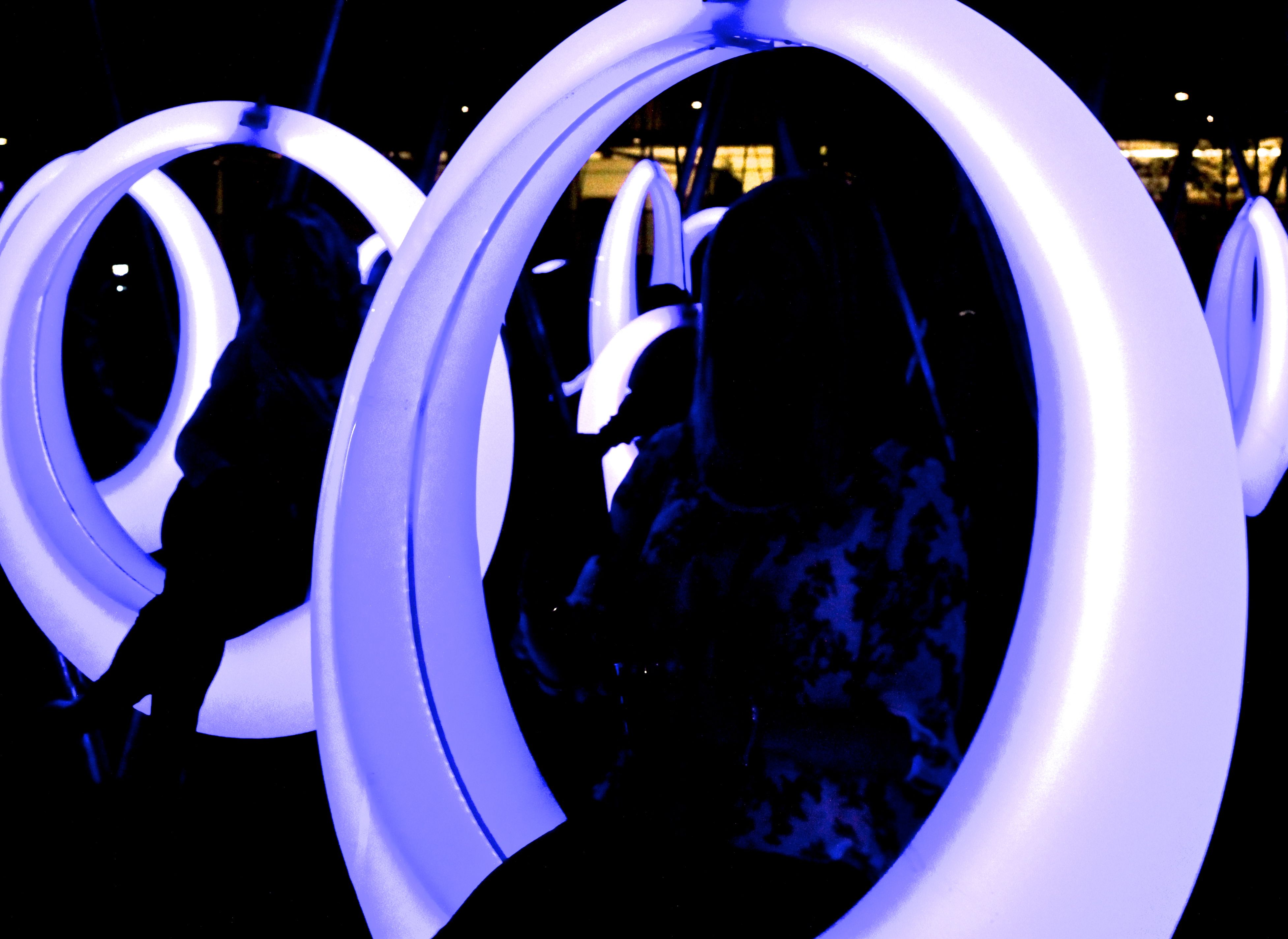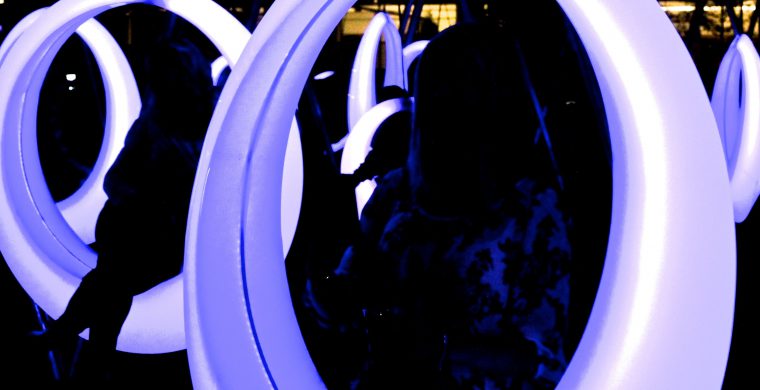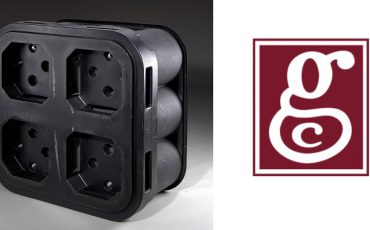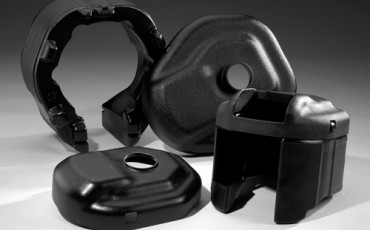
Undercuts are used to create slots, screw threads, side holes, locking tabs, barbed fittings, and other part features. Rotational molding isn’t the only plastics process that supports the design and manufacturing of undercuts, but it’s easier to produce them with rotomolded parts than with injection molded ones.
If you’re comparing processes for your next plastics project, remember to include undercuts in your design for manufacturability (DFM) considerations. Undercuts can create valuable design elements that secure connections, replace metal fasteners, and provide access to buttons inside enclosures. However, these protrusions or indentations can also add complexity and costs.
Part Design and Ejection
Most injection molding guidelines recommend avoiding undercuts because they complicate part ejection. That’s because when an injection molded part is released, these features may interfere with the separation of the core and cavity. Injection molders can use mechanisms called side actions to facilitate part ejection, but this adds costs – and injection molds are already expensive enough.
Rotational molding doesn’t require side actions, and the tools are considerably less expensive than injection molds. Rotomolding, as this process is also known, has other advantages when it comes to undercuts as well. During plastic injection molding, ejection may require bending or twisting parts that have undercuts. This lengthens cycles times, adds costs, and can cause part damage.
By contrast, rotational molding lets the plastic shrink away from the mold. As Machine Design explains, it’s possible to design rotomolded parts that completely shrink away from the undercut for simpler parts removal. For strong, hollow plastic parts with greater design flexibility and lower tooling costs, rotational molding offers important advantages.
Undercuts and Your Next Plastics Project
Do you need to design molded plastic parts with undercuts? Would you like to learn more about rotational molding, or discover how value-added services like design assistance can help you save time and money? Gregstrom Corporation, a third-generation, family-owned rotomolder with over 75 years of plastic manufacturing experience, is ready to help.



